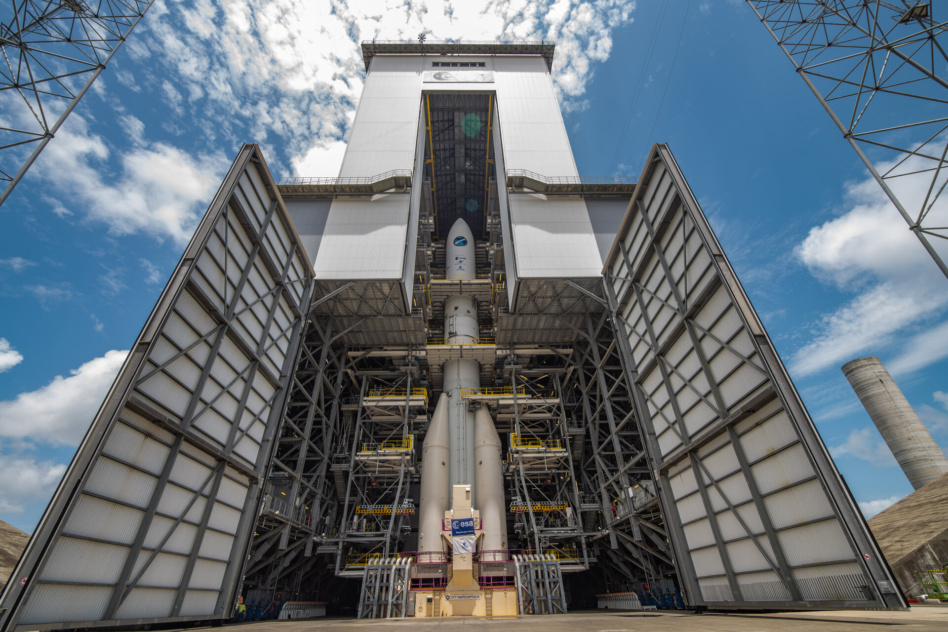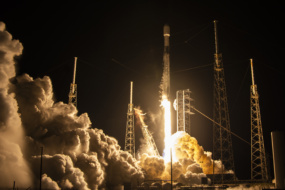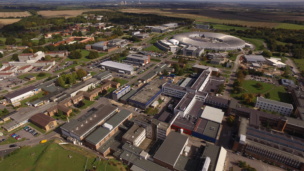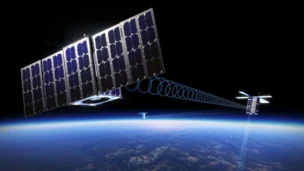The debut of Europe’s Ariane 6 launch vehicle has slipped to Q4 of 2023—a timeframe that remains provisional.
According to ESA Director General Josef Aschbacher, the launch date will be contingent on the completion of three key milestones by Q1 2023:
- Completing the upper stage hot fire test campaign that began earlier this month.
- Commencing hot fire testing of the core stage and its Vulcain 2.1 engine. This test will be part of the combined test campaign to validate the rocket and launch pad as a unified system.
- Beginning the launch system qualification review.
Director Aschbacher did not shy away from how critical it was to get Ariane 6 into operational service as soon as possible. “What is at stake here is European independent access to space,” said Aschbacher in a media call. “We are all fully committed to proceeding as speedily as possible to the launch pad.”
So many payloads, so few rides
The introduction of Ariane 6 and the retirement of its predecessor Ariane 5 were expected to overlap. However, the final launch of Ariane 5 is expected to take place in April 2023.
This final Ariane 5 flight will launch ESA’s Jupiter Icy Moons Explorer (JUICE) which is expected to study three of the gas giant’s Galilean moons: Ganymede, Callisto, and Europa. All of these are thought to have significant bodies of liquid water beneath their surface.
After that mission is complete, Europe will lack a heavy-lift launch vehicle until the Ariane 64 is introduced. This is on top of the loss of its medium-lift capability after Europe made the decision to stop using the Soyuz ST after Russia invaded Ukraine, a capability that won’t be regained until the introduction of the Ariane 62.
What’s next? The first Ariane 6 flight model is currently being completed at ArianeGroup’s production sites in Bremen and Les Mureaux. It will then be shipped to the launch site in late 2022 or early 2023.




